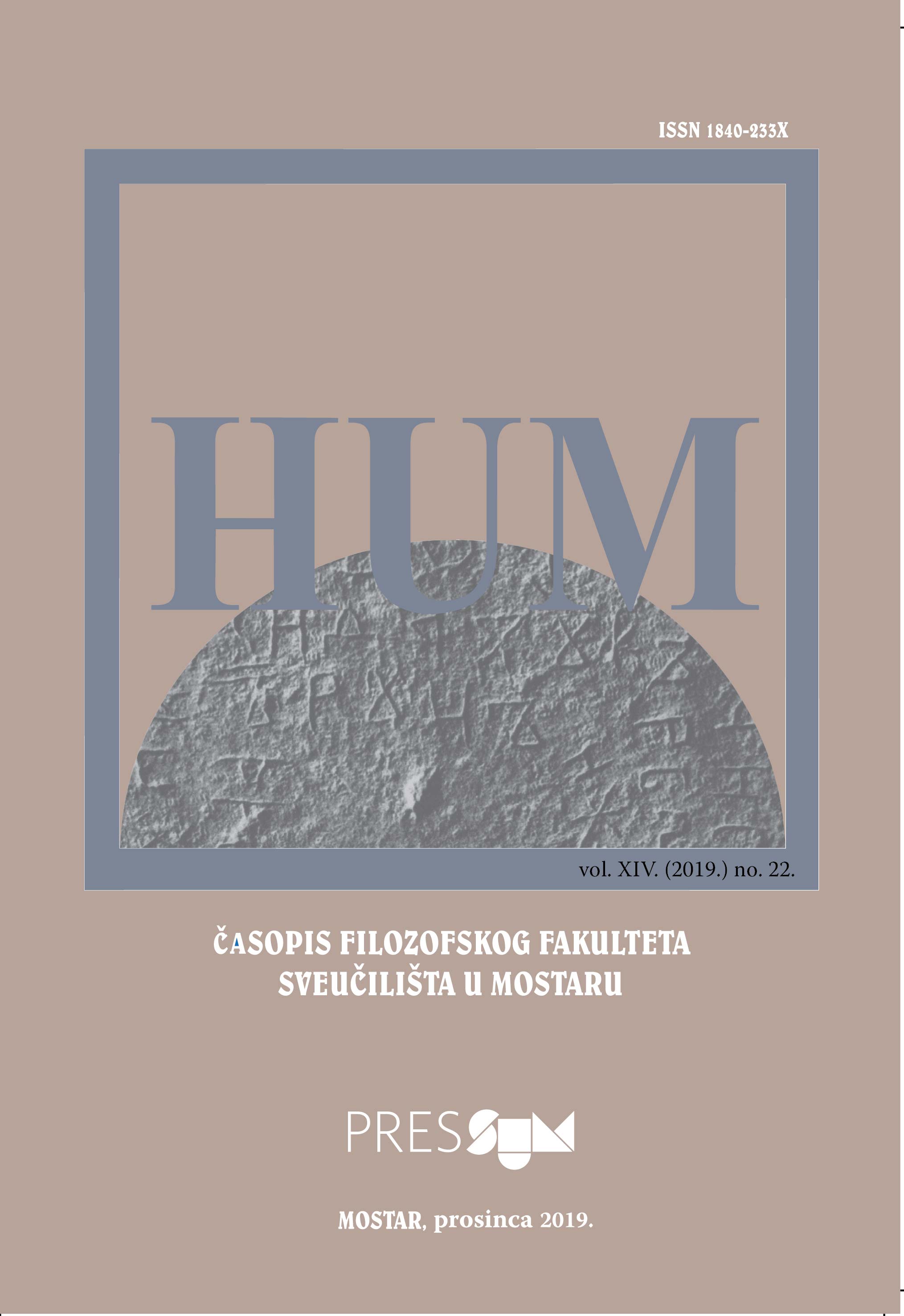Nemogućnost samoizražaja u odabranim djelima T. S. Eliota i Sherwooda Andersona
Inability of Self-expression in the Selected Works of Eliot and Anderson
Author(s): Denis KuzmanovićSubject(s): Language and Literature Studies, Studies of Literature, American Literature
Published by: Filozofski fakultet Sveučilišta u Mostaru
Keywords: T.S. Eliot; Sherwood Anderson; self-expression; Modernism; realism; repression; society;grotesque;
Summary/Abstract: At first glance, T. S. Eliot and Sherwood Anderson do not seem to have much in common when their works are considered. Eliot is known primarily for his poetry and Anderson for his short stories. The former is often considered an English author and the latter an American one. The first is one of the most recognizable names of Modernism, and the second is often considered a realist. Eliot is known for the complexity and inaccessibility of his poetry and Anderson’s works appear much simpler in comparison. Eliot is famous for his urban imagery and Anderson for his rural setting. However, there is one theme they have in common: the exploration of an individual’s inability of self-expression in his surroundings, where the expression is affected by materialistic, artistic, sexual or other issues with accompanying repressions. This desire for self-expression or self-realization contrasts with the mores of one’s society and their failed attempts to express themselves bring along depression, frustration, repression and alienation, something that both Eliot and Anderson knew well, because they also struggled with some of the issues of their protagonists. An important notion here is that the exploration of this inability seems to suggest its universality or ubiquity, regardless if the individual is living in a big city or a small rural community. Upon closer analysis of these themes, the differences start to fade and other connections appear, such as Eliot’s use of the caricature or grotesque to heighten certain states of mind, something that Anderson also does; indeed, the first story in his work Winesburg, Ohio is called Book of the Grotesque, but with a more sympathetic and less ironic flavour. Evening and night are very important times for both authors, as that is when an individual’s introspection, mostly unconscious, is intensified. Social critique is very prominent and the compatibility of public and private lives is also explored.
Journal: Hum
- Issue Year: XIV/2019
- Issue No: 22
- Page Range: 194-214
- Page Count: 21
- Language: Croatian

